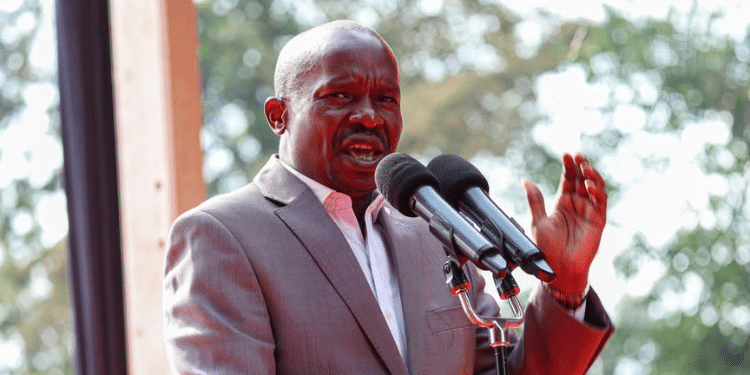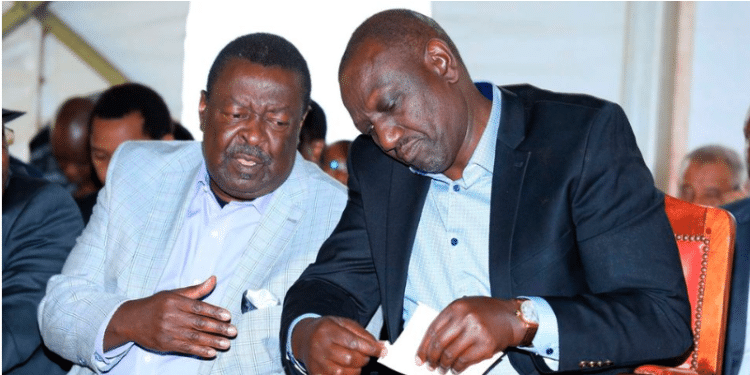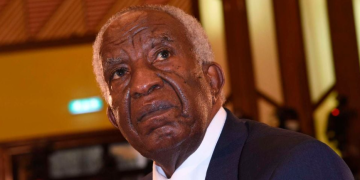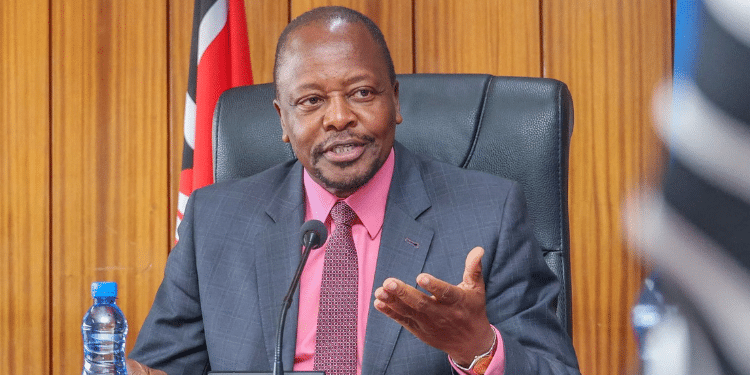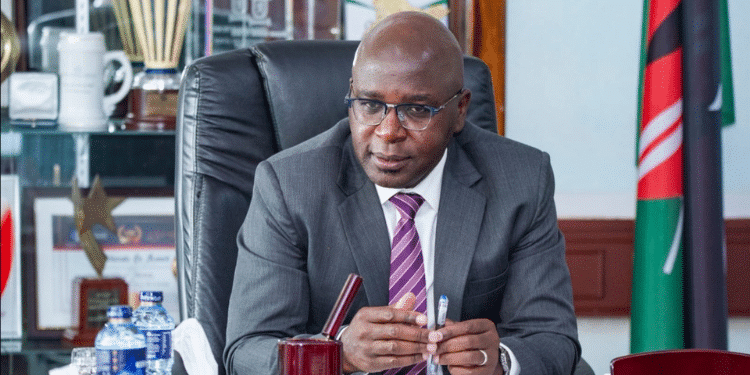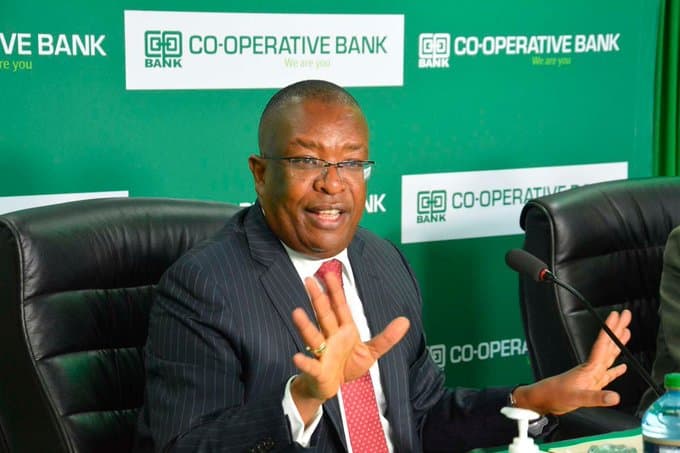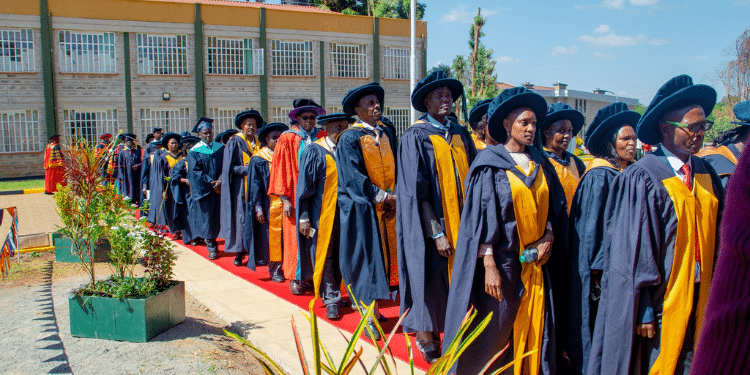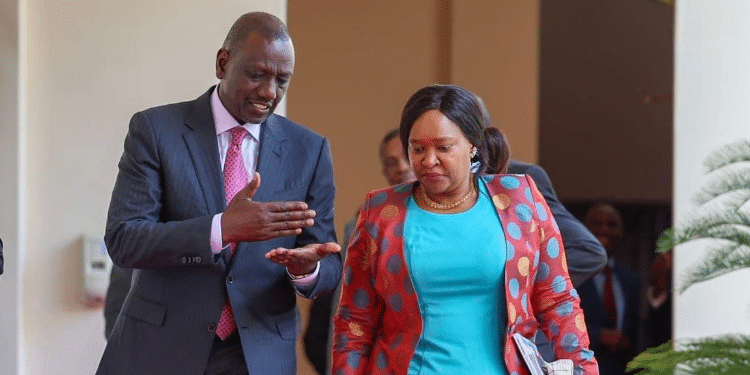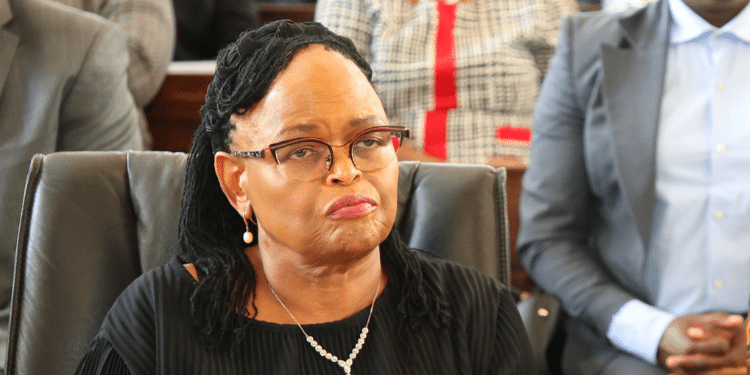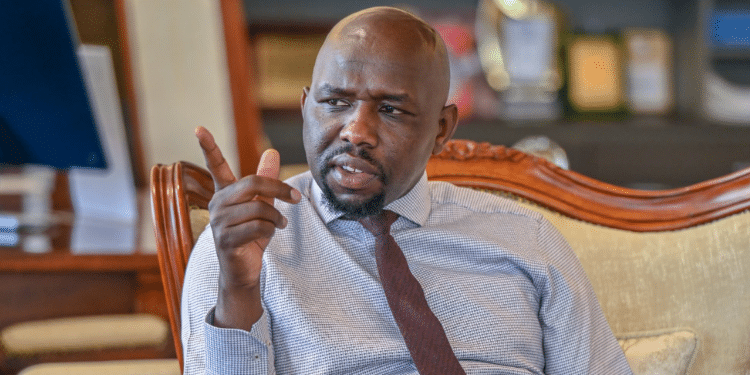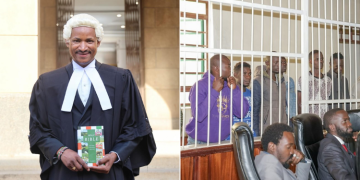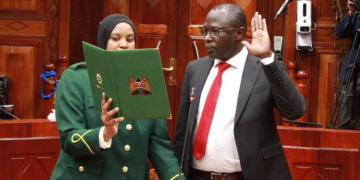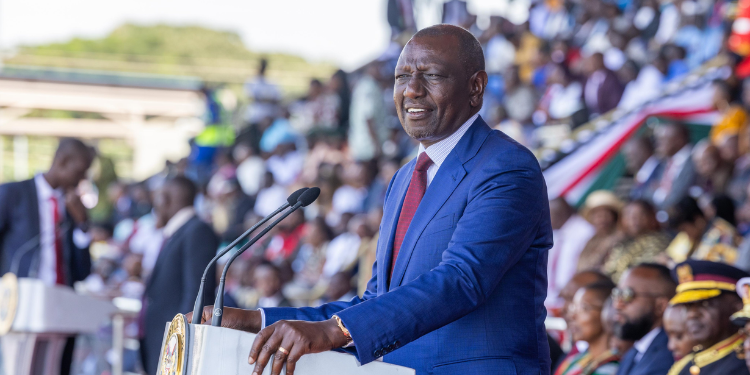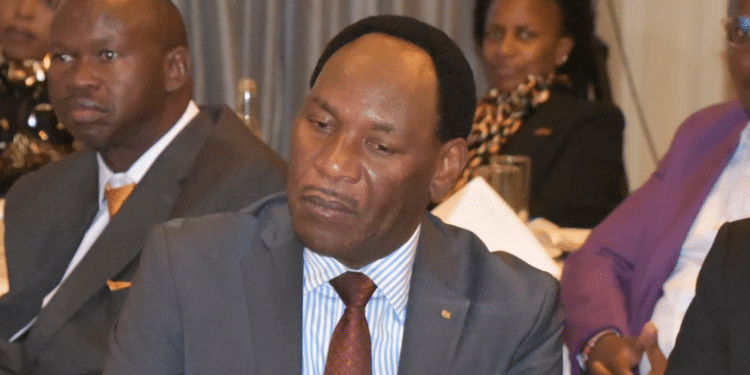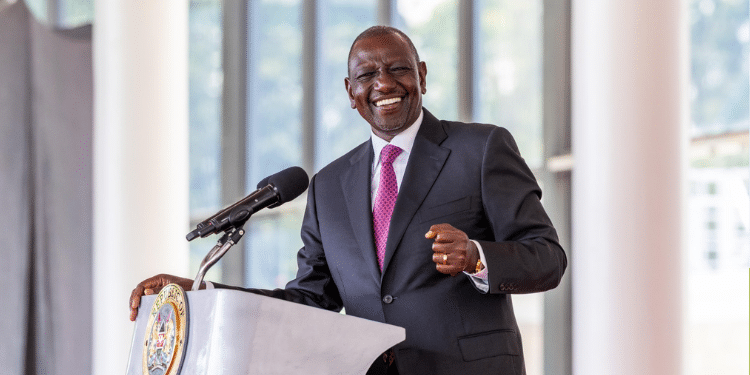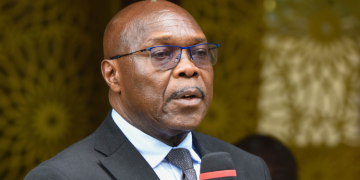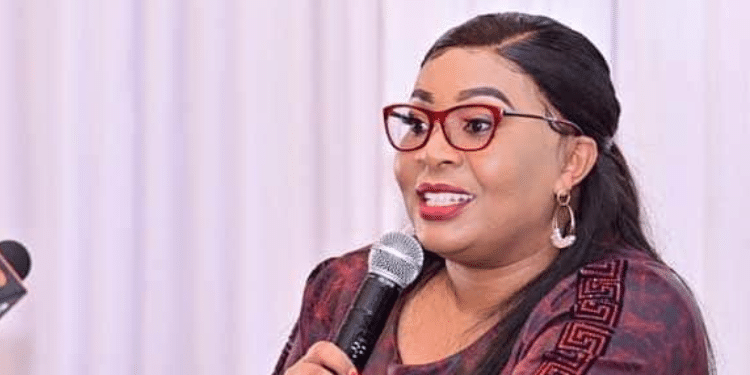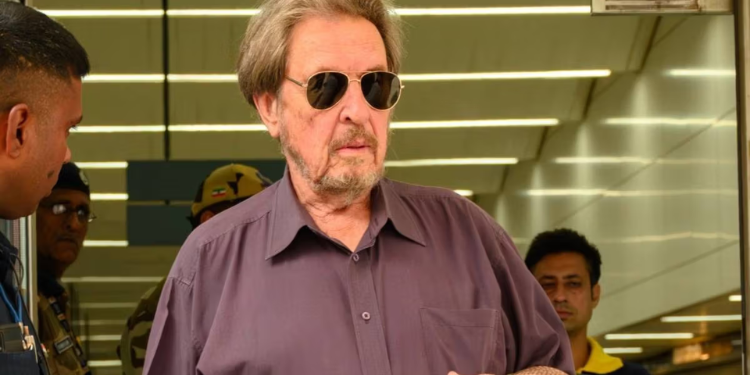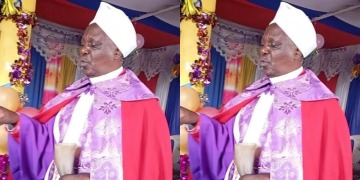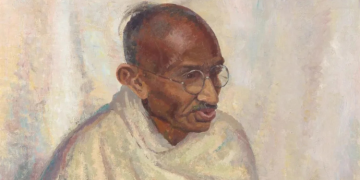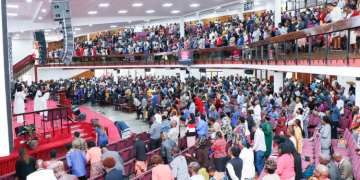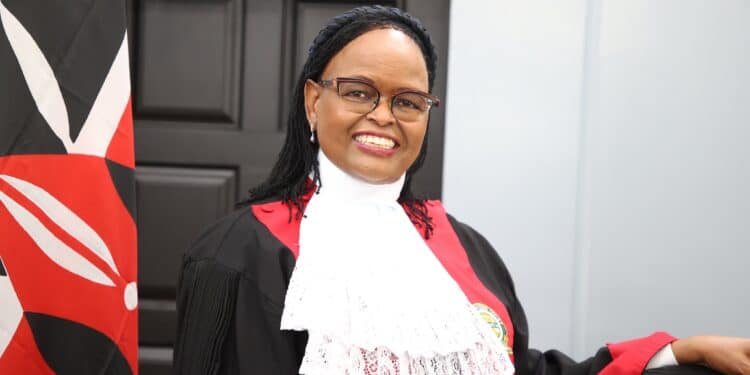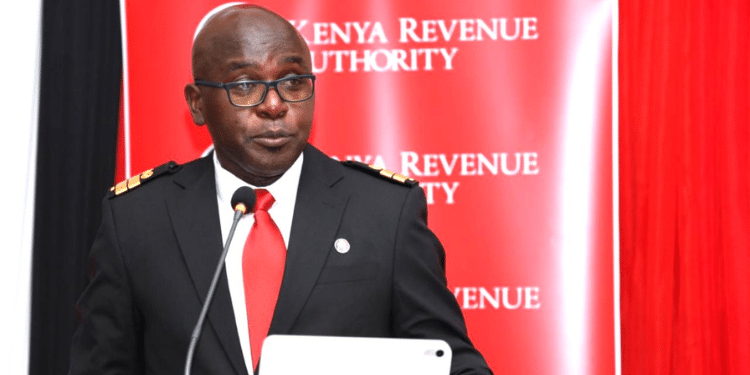Can Chief Justice (CJ) Martha Koome be removed from office? The answer is Yes. While her position may appear secure, the law provides a clear pathway for her removal.
Article 165 of the Constitution describes the process of removing the CJ and other judges from office.
According to the Constitution, the process of removing Koome from office is similar to that of a superior judge but with a slight difference.

Grounds for Removal from Office
The CJ or judge of a superior court may be removed from office only on the grounds of
i) Inability to perform the functions of office arising from mental or physical incapacity.
ii) A breach of a code of conduct prescribed for judges of the superior courts by an Act of Parliament.
iii) Bankruptcy.
iv) Incompetence.
v) Gross misconduct or misbehavior.
The Judicial Service Commission (JSC) may initiate the removal of a CJ or a judge either on its own motion or through a petition from any person.
A person’s petition to the JSC must be in writing and set out the alleged facts constituting the grounds for the judge’s removal.
The JSC shall consider the petition and, if it is satisfied that the petition discloses a ground for removal send the petition to President William Ruto.
Tribunal for Removal of Chief Justice
The President shall suspend the judge or CJ from office within fourteen days of receiving the petition and in accordance with the recommendation of the JSC.
In the case of the Chief Justice, the President appoint a tribunal consisting of:
i)The Speaker of the National Assembly, as chairperson.
ii)Three superior court judges from common-law jurisdictions.
iii)One advocate of fifteen years standing.
iv)Two other persons with experience in public affairs.
“Parliament shall enact legislation providing for the procedure of a tribunal appointed under this Article,” reads Article 160 (10) of the Constitution.

Tribunal for Removal of Other Judges
However, in the case of a judge other than the Chief Justice, the President appoint a tribunal consisting of;
i)A chairperson and three other members from among persons who hold or have held office as a judge of a superior court, or who are qualified to be appointed as such but who, in either case, have not been members of the JSC at any time within the immediately preceding three years.
ii) One advocate of fifteen years standing.
iii)Two other persons with experience in public affairs.
“The remuneration and benefits payable to a judge who is suspended from office shall be adjusted to one half until such time as the judge is removed from, or reinstated in, office,” reads Article 160 (6) of the Constitution.
Also Read: Angry Ruto Puts CJ Koome on Notice
Responsibilities of the Tribunal
The tribunal appointed shall be responsible for the regulation of its proceedings, subject to any legislation contemplated in Article 160 (10).
Additionally, it will inquire into the matter expeditiously and report on the facts and make binding recommendations to the President.
Article 160(8) allows the CJ or judge to appeal against the decision of the Tribunal to the Supreme Court.
This should be sone within ten days after the tribunal makes its recommendations.
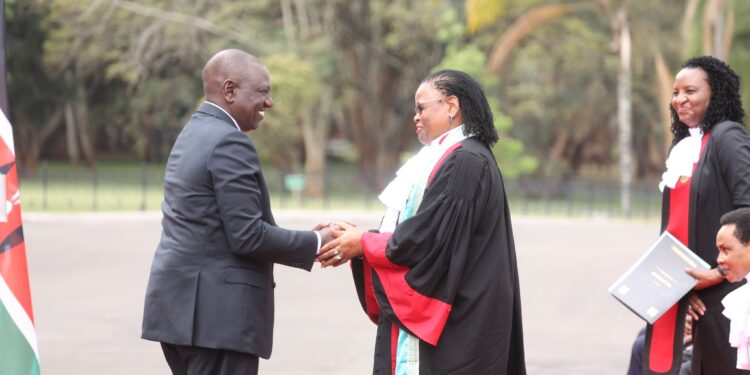
Presidents Options After Receiving Recommendation
The President shall act in accordance with the recommendations made by the tribunal on the later of —
(a) the expiry of the time allowed for an appeal under Article 160(8), if no such appeal is taken; or
(b) the completion of all rights of appeal in any proceedings allowed for under Article 160 (8), if such an appeal is taken and the final order in the matter affirms the tribunal’s recommendations.
JDC Act on Removal of CJ, DCJ & Other Judges from Office
The Judicial Service Act No. 1 of 2011 Revised Edition 2012 (2011) states the following on the removal of Judges from office:
(1) The procedure governing the conduct of a tribunal set up for the purposes of removing the CJ, DCJ or a judge shall be as set out in the Second Schedule.
(2) If the tribunal referred to in subsection (1) is for the removal of a judge, other than the CJ, the appointing authority shall appoint the Chairperson, and the members shall elect a vice-Chairperson of the tribunal from amongst their number.
Also Read: CJ Koome Slapped With 6 Demands
(3) The Chairperson and vice-Chairperson appointed for purposes of removal of a CJ or DCJ or elected under subsection (2) shall be persons of opposite gender.
(4) The appointing authority may appoint a counsel to assist the tribunal.
(5) Subject to the provisions of the Second Schedule, the tribunal may determine its own procedure.
Martha Koome as CJ
Former President Uhuru Kenyatta appointed Koome as the country’s top judge on May 21, 2021.
Koome made history, becoming the first woman to hold the office in the Republic of Kenya.
Follow our WhatsApp Channel and join our WhatsApp Group for real-time news updates.



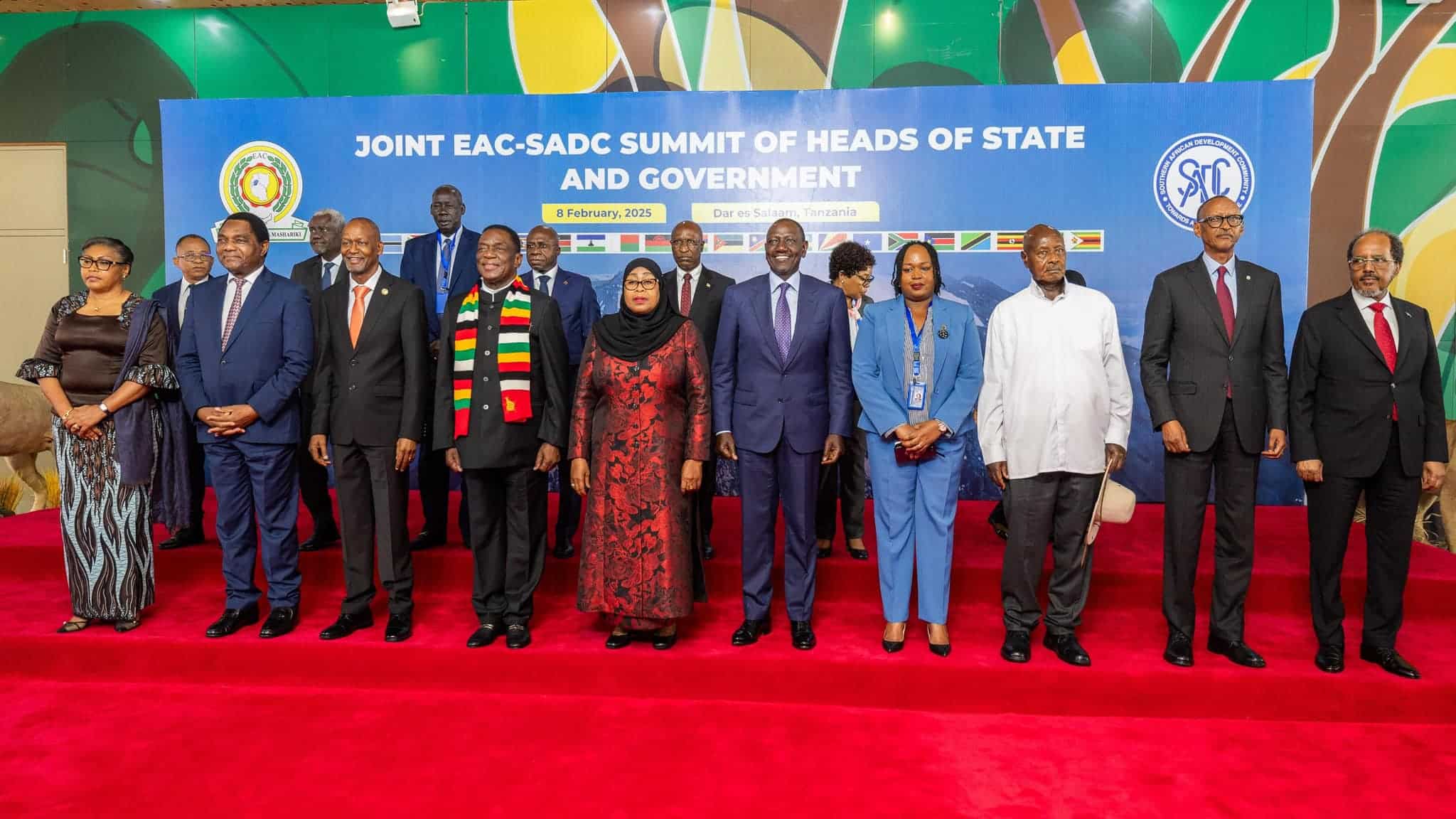
![Debate Rages Over Proposed Increase In Legal Drinking Age [Video] Nacada Raises Legal Drinking Age From 18 To 21]( https://thekenyatimescdn-ese7d3e7ghdnbfa9.z01.azurefd.net/prodimages/uploads/2025/07/beer-360x180.jpg)


